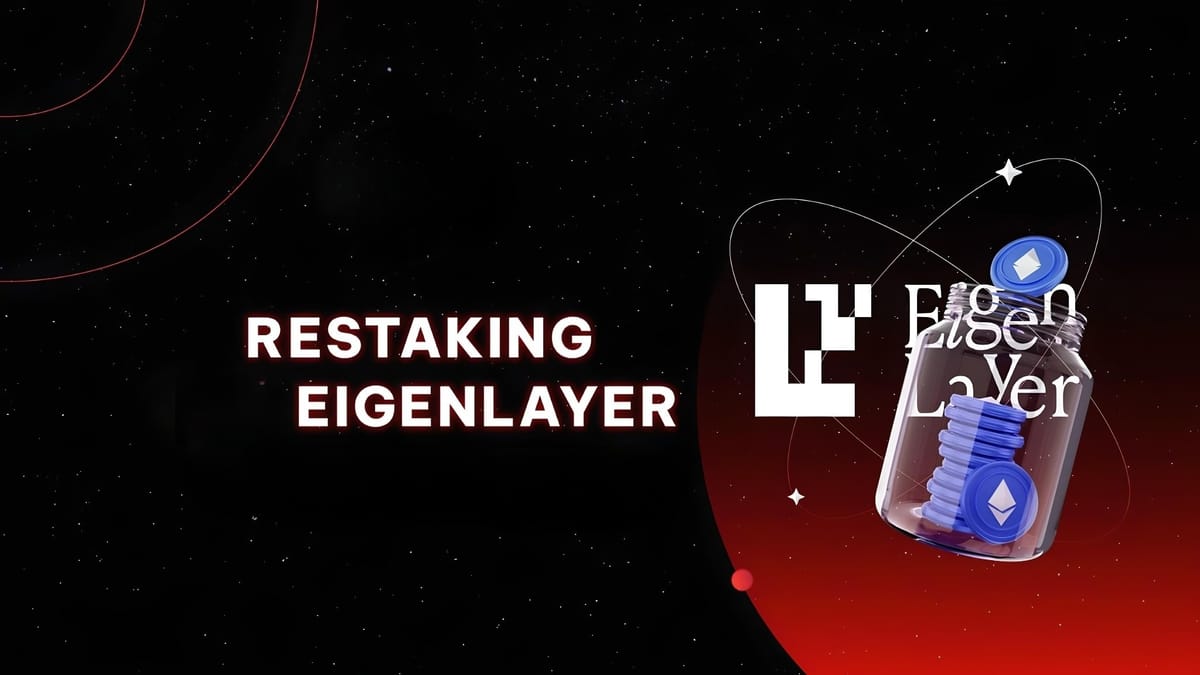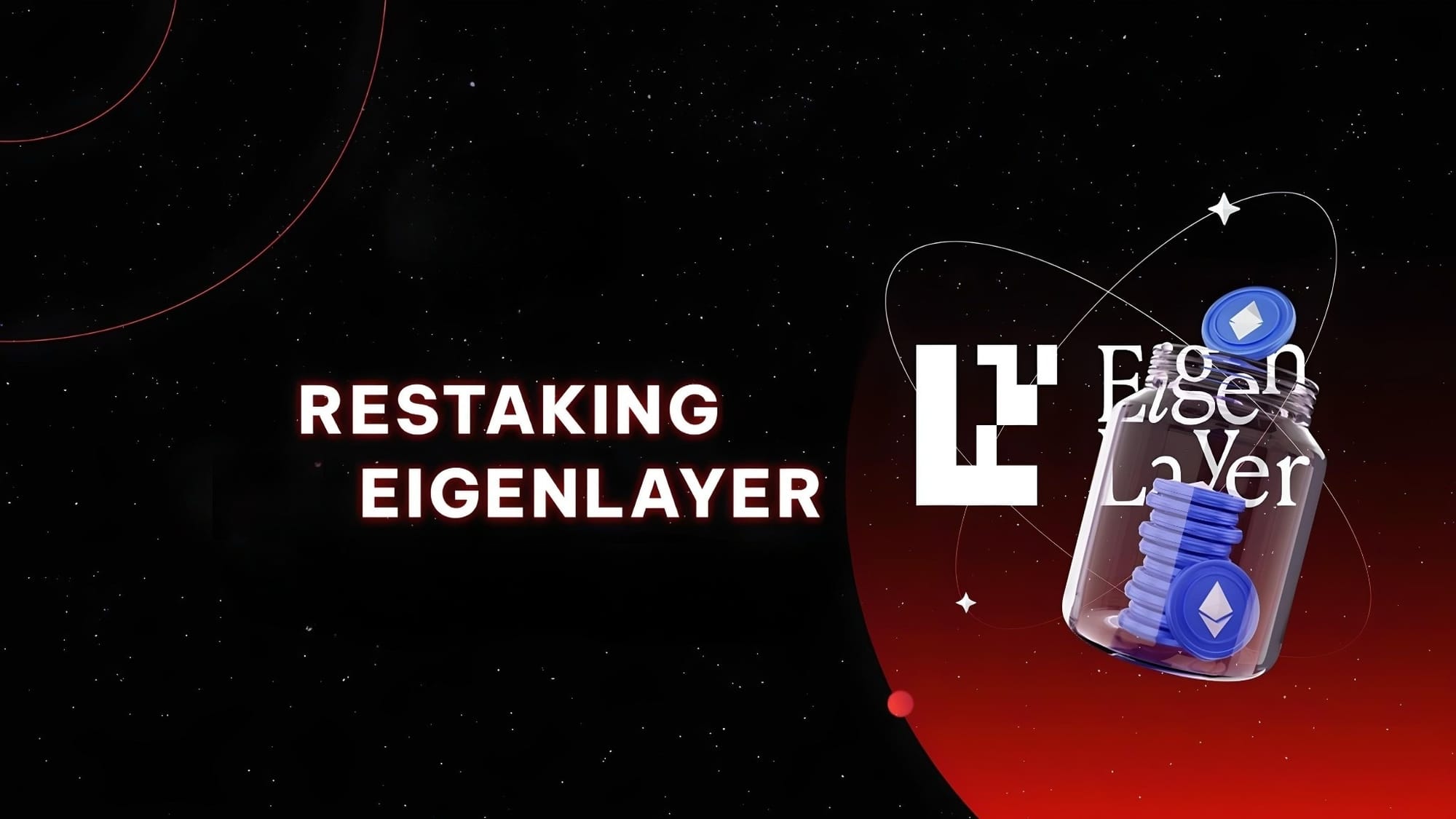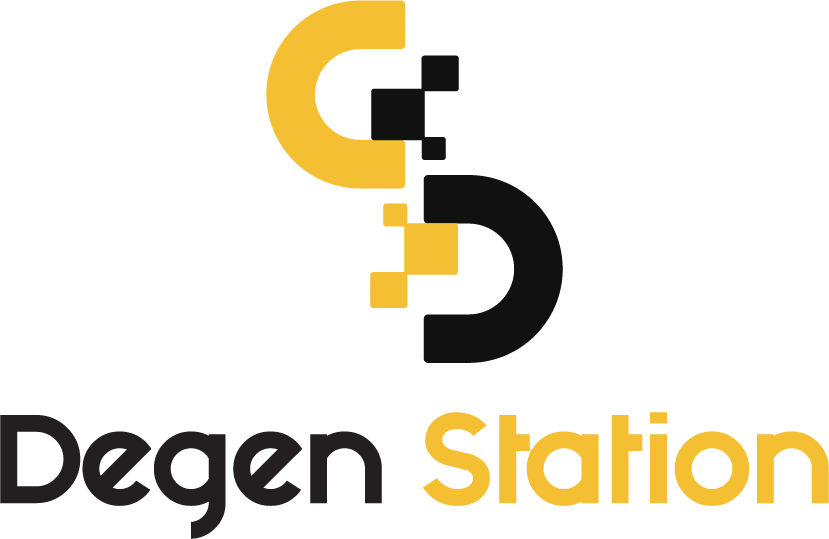Restaking and EigenLayer: What Risks Are Involved?

Not a new concept, yet "Restaking" continues to attract significant attention from the community, partly due to pioneering projects like EigenLayer in this field. However, is this solution truly a new breakthrough or just another game of leverage within DeFi? Let's explore in this article!

Restaking - New but Old
So why does this keyword garner so much market attention? EigenLayer has been rumored to feature "Retroactive" capabilities. Typically, when users discuss airdrops extensively, they naturally delve into the underlying product concepts, hence the frequent mention of "Restaking."
Does ReStaking Have Risks?
Certainly, it does. Therefore, this article aims to outline some of these risks for your consideration. Nevertheless, I acknowledge the benefits this solution can offer, as discussed in various other articles.
This article will focus on analyzing potential risks arising from this model, specifically with EigenLayer's product.
It's important to emphasize that you can base your decisions on this information, combined with your personal risk appetite. I also welcome feedback and differing perspectives on this topic for further discussion within the Fomo Sapiens community!
Smart Contract
If you've tried Restaking on EigenLayer's product, you'll notice they have their own contract address. Here, you'll delegate your LST to the protocol.
Who manages this contract?
Firstly, let's take the example of the stETH pool (attracting a significant TVL) delegated from EigenLayer, folks!

The contract "0x93...564" currently holds about 200 thousand stETH tokens (approximately 450 million USD). Moving to the Strategy Manager section, which manages the strategy for this pool, we approach the address "0x858...75A."

Continuing to the "Owner" of "0x858...75A," we reach wallet "0x369...911." This is a Multisig wallet created through the Safe Factory Contract.

In essence, there's a group managing the contract where we've delegated our stETH. The use of a Multisig wallet isn't unfamiliar in projects; however, EigenLayer's Proxy Contract mechanism allows for future changes.
I refrain from concluding on the use of the project's Proxy Contract, as this mechanism enables features like delegating authority to other contracts—a hallmark of Restaking. Moreover, Proxies aid in upgrading to handle bugs, ensuring continuity.
However, it may raise concerns about the project's immutability in the future, which you should consider when delegating in Restaking projects.
Bribe Model for AVS
Restaking purportedly enhances capital efficiency for retail over large organizations, as the latter may shy away from reputation risks associated with airdrops or bribes from meme tokens or even scam-prone tokens.
Clearly, the APR sourced from tokens that "suddenly skyrocket" attracts and motivates Actively Validated Services (AVS) and directly, Stakers. Legal risks exist, and EigenLayer needs a managed model to balance decentralization, legality, and user retail benefits.
Another Lido?
This isn't just about Restaking but also Distributed Validator Technology. I've previously discussed the risks of a new class of governance that wields more power, potentially posing risks to the Ethereum network.
You'll find this issue emerging in any market overlaid on Liquid Staking. Sooner or later, EigenLayer will introduce network governance tokens, and the governance of project operations and locked assets won't escape. This issue currently challenges Lido.
Legal risks with ReStaking slashing remain, an occasional topic on Lido products.
MEV concerns won't fully disappear with Restaking. In fact, the PBS model at Layer-1 (Mev-Boost being a prime example) has been elevated to EigenLayer's Restaking layer to address MEV issues.
MEV-Boost+ and MEV-Boost++ aim to enhance the liveness and censorship resistance of the Ethereum network prior to the implementation of enshrined proposer builder separation (ePBS) in the coming years.
— EigenLayer (@eigenlayer) August 29, 2023
Vitalik himself has noted the complexification of Ethereum's consensus layer in a blog.
Ethereum's future changes
At the end-of-year Restaking Summit in 2023, developer Justin Drake highlighted potential risks for EigenLayer with future Ethereum changes.

Firstly, there's a computational risk (Validator load pressures). Currently, the cost to run an Ethereum Validator is cheaper than most other blockchain standards. However, future hardware and computation proposals could challenge Restaking operations. This is due to increased Multi-Party Computation (MPC) complexity. EigenLayer's AVS message interaction could significantly suffer due to these barriers.

The second risk concerns financial costs to participate in verification. Presently, no specific plan exists for how much ETH a Validator will need to stake. However, it's inferred that the current 32 ETH requirement could increase.
The question of raising the minimum ETH stake for one Validator remains, especially after Vitalik Buterin's recent post on the "Post Single Slot Finality" model.
If you're interested in what Single Slot Finality is, you can read more about it here.
Conclusion
So, we've just looked at some risks associated with the Restaking model. I understand this remains a highly debated question on Twitter. As mentioned earlier, I'd love to hear other perspectives from you on this topic.





